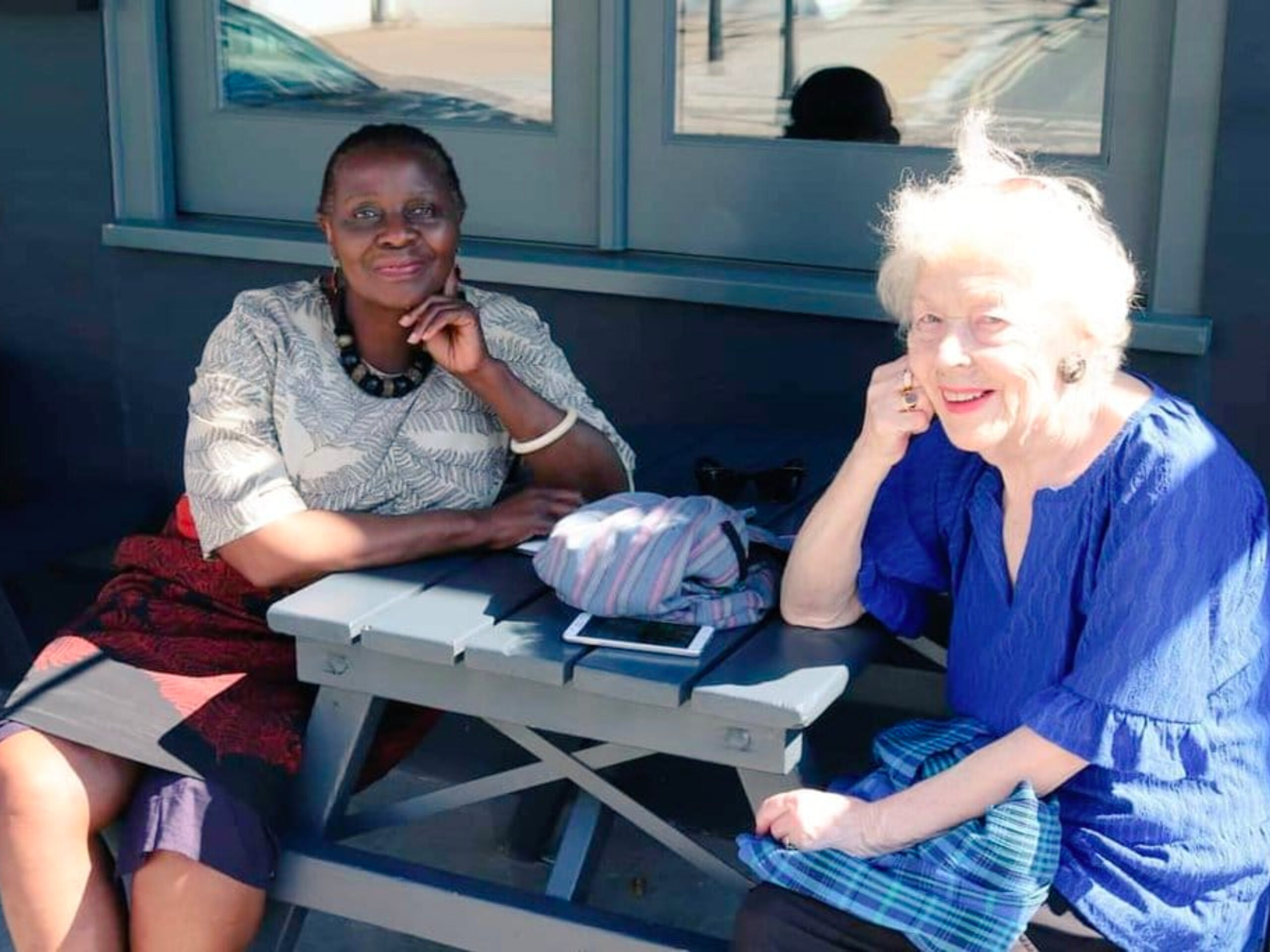
In July of this year, we had a by-election in Fortune Green in Camden after Lib Dem Councillor Flick Rea stood down after more than 30 years on the Council. This was seen as a difficult defence as Flick had a very strong personal vote with Labour closely behind.
The local team, lead by Campaigns Chair Janet Grauberg and Organiser Sam Campling, prepared a strong plan that managed to increase their vote share by more than 10% in a Labour-facing area.
Below we will delve a bit into what worked well on the campaign and what lessons the team have learned from a few things they did differently.
Ten Things You’ve Heard Before
The campaign plan followed these 10 points rigorously and I am sure you are already familiar with them:
1. We started early, worked all year round and had a clear plan
2. We targeted ruthlessly.
3. We identified local issues that people cared about, took action, and communicated with residents
4. We selected a fantastic candidate in Nancy Jirira, who is a nurse for the NHS and well-known in the local community.
5. We developed and stuck to three key messages.
6. We delivered lots of leaflets
7. We built a big team
8. We knocked on lots of doors (and made phone calls during lockdowns)
9. We used petitions to collect email addresses & sent monthly “local news” emails
10. We used Twitter, Facebook and our website
Six Things We Did Differently
1. We targeted our campaign on people who voted.
During the “short campaign” we didn’t do any ward leaflets. The two blanket leaflets used voter turnout data to identify key walks. Everything else was addressed. This allowed the team to focus its efforts on those that were likely to vote and not overstretch the team.
2. We ran two sequential campaigns.
The first one focused on Postal Voters and the second one on On the Day Voters. This applied to literature and to canvassing lists. This allowed the team to strongly focus on postal voters who vote early and ensure identified Lib Dem voters returned their ballot paper. The team then focused on those who would vote on the day only.
3. We anticipated a Labour last-minute push and back-ended our literature.
We expected Labour to come out in large numbers towards the end of the campaign and to counter that, we pushed some of our literature towards the later stages of the campaign to strengthen our presence during this final push.
4. We used remote working to expand our team
We used volunteers who were not able to come to the ward to campaign locally. Our phone canvassing sessions were hosted from France, our Facebook events were created in Cornwall, and our videos were subtitled in Sheffield.
5. We used video more
Videos proved to be more engaging than other social media posts. We used different types of videos such as resident endorsements for Twitter & Facebook and “come and help” messages from VIPs to encourage attendance.
6. We reviewed the data weekly
To understand what was happening we reviewed the canvas data regularly and integrated it with our “feeling on the doorstep”.
Key Lessons for May 2022
1. When you are short of resources, targeting is everything: streets and people who vote & postal voters.
2. Work all year round helps with:
a. Data gathering – If you want to target, you need data. Every bit of voter ID now helps targeting later.
b. Credibility – building relationships with opinion formers, and key groups of residents strengthens the campaign and the profile of the candidate.
c. Understanding what people care about – Early canvassing provides you with crucial information on what people care about. This will help you to inform your campaign messages.
3. Review soft information (from canvassers) and data (from voter ID) to target key issues, streets, voter groups.
4. Create an impression of a strong Lib Dem presence, both virtual and physical through social media, posters, stakeboards.